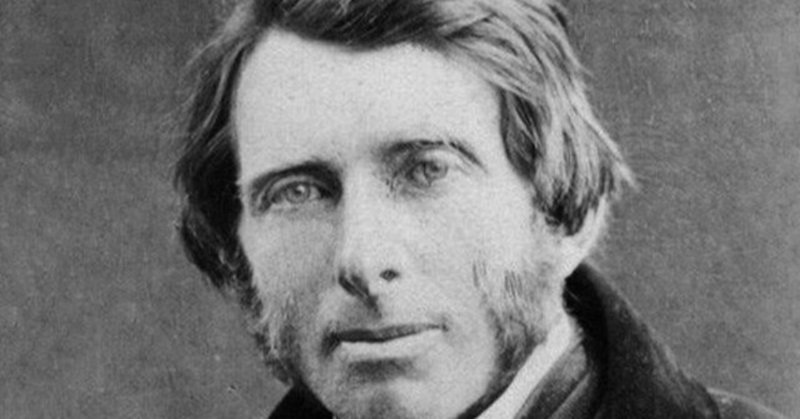
Creating a New Kind of Luxury for the Future Society
<This article was originally published in Japanese on GQ JAPAN April 2023 issue.>
When we talk about luxury, it's often associated with the high-end brands operated by European conglomerates. Indeed, over the past four decades since M. Bernard Arnault launched a global strategy to nurture one of the world's leading luxury companies in 1984, the luxury industry, primarily dominated by European firms, has thrived. With high profit margins, this business succeeds by offering cultural and emotional value beyond functionality. Even during the pandemic, the market continued to expand, and Arnault, the chairman of LVMH Group, the world's largest brand conglomerate, surpassed Elon Musk to become the world's richest person.
However, this industry is inherently rooted in wealth and cultural disparities. The elements traditionally associated with luxury – like "aspirations" (mainly toward Western culture), "status," and "privilege" – inherently presuppose hierarchy. Yet, Western culture is no longer the sole object of desire, and we are moving away from Western-centric perspectives. Moreover, the widening wealth gap leads to social crises, making it urgent to address and alleviate these disparities. Bain & Company, a consulting firm well-versed in luxury industry trends, provided a metaphor in their annual conference report last autumn, stating that business leaders felt like they were hosting lavish parties on the Titanic, unaware of the iceberg ahead. Geopolitical risks have now joined the preexisting challenges, making the iceberg impossible to ignore.
In response to this impending collision, the luxury industry has started to change its course. In fact, this industry has been highly responsive to changing times and began promoting the theme of "Conscious Luxury" in its annual conferences around 2016. The term "conscious" pertains to essential societal issues crucial for the future of our planet, such as environmental protection, human rights for all regardless of race, gender, age, or sexual orientation, transparency in production processes, and diversity and inclusion.
Although the luxury industry was at the forefront of this shift, it still carries inherent exclusivity and privilege, presupposing some form of disparity, while advocating "selling exclusivity to millions" (as Luca Rosso of the investment company Bernstein described Arnault's "invention").
Nevertheless, a "new type" of luxury is emerging worldwide, grounded in local foundations and aimed at pursuing a different path outside the hierarchy of global luxury based on wealth. Brands like Brunello Cucinelli in Solomeo, Italy, SUZUSAN with its factory in Arimatsu, Japan, and headquarters in Dusseldorf, Germany, and Mame Kurogouchi, founded in Nagano, are examples of this emerging category. This is a world described by Bain & Company as one where products excel in culture and creativity.
The most significant common element of this new luxury is the importance placed on the dignity of artisans. Cucinelli pays artisans 20% more than the average wage for Italian artisans and provides a conducive work environment. As a result, artisans feel responsible, unleash their creativity, and create beautiful products, leading to a virtuous cycle where they are sold as luxury items. While craftsmanship has been discussed in the "old type" of luxury, Cucinelli's emphasis on the dignity of people is groundbreaking, placing "humanism" above traditional craftsmanship.
SUZUSAN also values human handiwork. With tie-dyeing, each product may not be perfectly identical, but they are sold as artisanal pieces, embracing the human errors. Accepting this human touch brings to mind John Ruskin, a 19th-century art critic who praised Gothic architecture. The details of Gothic architecture are not standardized and homogeneous. There are traces of individual craftsmen who enjoyed their work. Hence, it may look rough on the whole, but Ruskin's evaluation favored the joy found in labor. Through this perspective, he proposed a society where workers' freedom and joy were guaranteed.
Taking inspiration from Ruskin, William Morris led the Arts and Crafts movement. He resisted mass-produced industrial products and aimed to make life prosperous through labor and transform labor into the art of the masses.
In today's world, where alienation of individuals as mere parts is not uncommon, Ruskin's question, "Was that artisan happy when they made this?" carries great significance. In this context, craftsmanship in the new luxury is essential because it aligns with the creation of a fair society that values the dignity of all.
Luxury has been a part of human history, offering nuances of "abundance, allure, and radiance" when distilled from its etymological roots. During different transitional periods, luxury has adapted its meaning and form, bringing prosperity and allure to people while illuminating society.
We are currently in the midst of another major transition. The kind of luxury we choose is directly linked to the kind of society we want to build. Instead of vertical disparities without exclusivity, we aspire to a world with a myriad of horizontal differences, where daily richness is found locally, where there are no exclusive privileged classes, and where everyone's dignity is recognized.
Luxury is not limited to a select few; it is open to all. The new luxury, which is gaining support primarily among the younger generation, gives hope that it aligns with this vision imbued with desires.
<Photo: John Ruskin, 1863. Public Domain>
この記事が気に入ったらサポートをしてみませんか?
